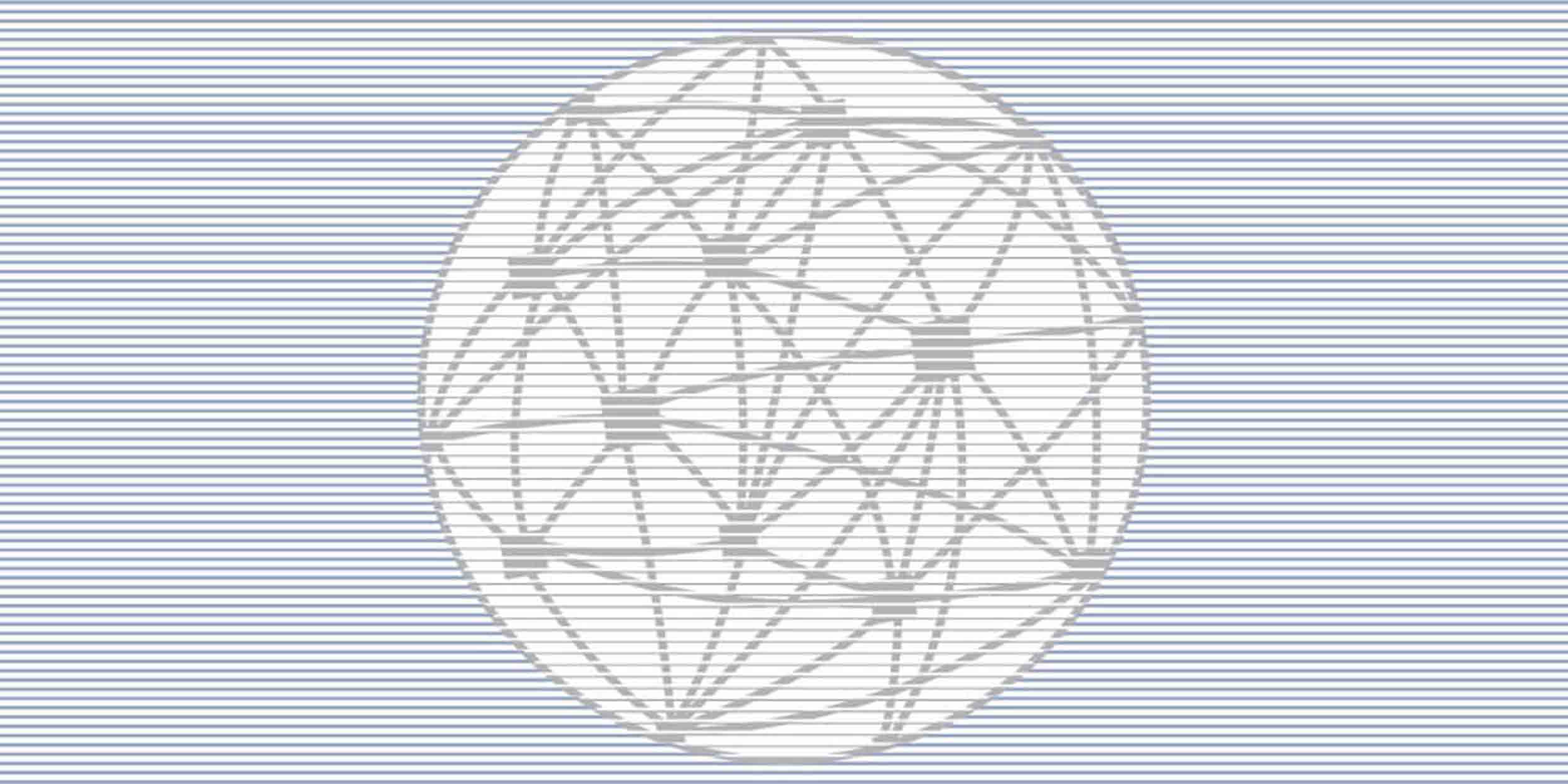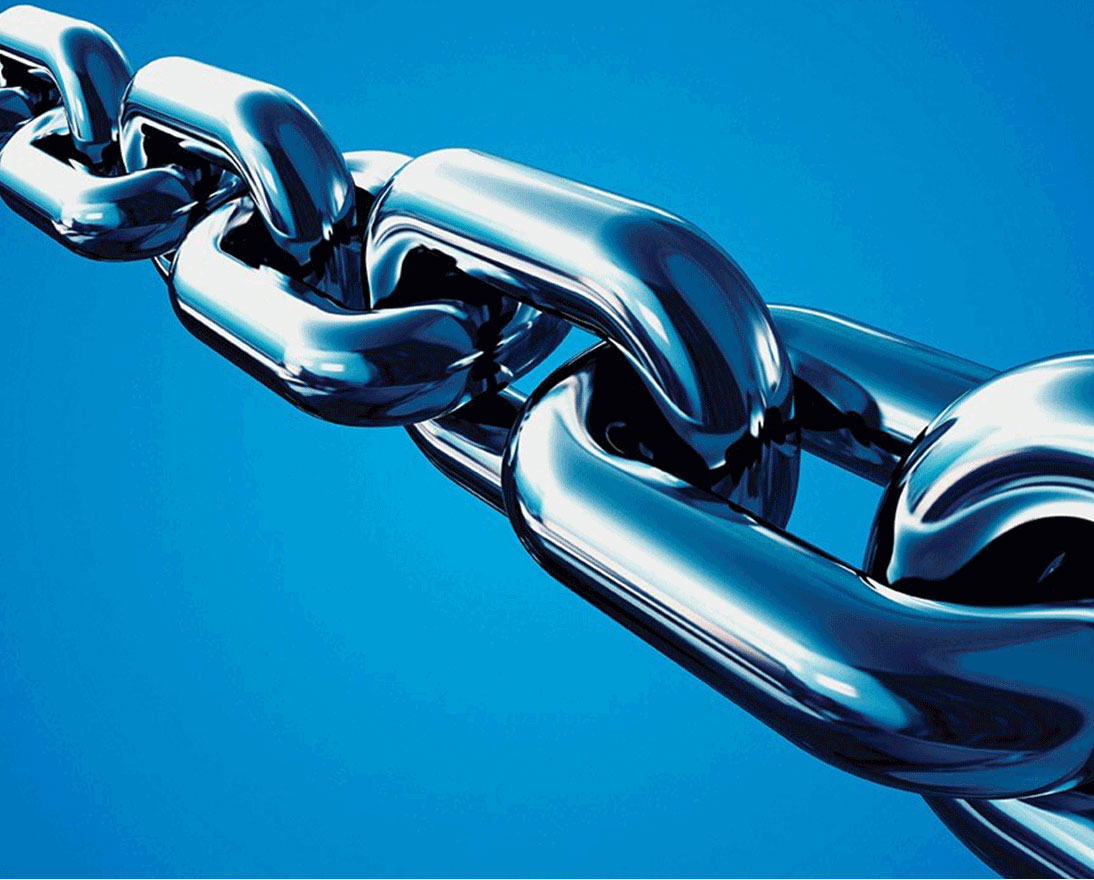Global risks 2014
Global risksReportJanuary 19, 2014
The Global Risks 2014 report highlights how global risks are not only interconnected but also have systemic impacts. To manage global risks effectively and build resilience to their impacts, better efforts are needed to understand, measure and foresee the evolution of interdependencies between risks, supplementing traditional risk-management tools with new concepts designed for uncertain environments. If global risks are not effectively addressed, their social, economic and political fallouts could be far-reaching, as exemplified by the continuing impacts of the financial crisis of 2007-2008.
The Global Risks 2014 report highlights how global risks are not only interconnected but also have systemic impacts. To manage global risks effectively and build resilience to their impacts, better efforts are needed to understand, measure and foresee the evolution of interdependencies between risks, supplementing traditional risk-management tools with new concepts designed for uncertain environments. If global risks are not effectively addressed, their social, economic and political fallouts could be far-reaching, as exemplified by the continuing impacts of the financial crisis of 2007-2008.
The systemic nature of our most significant risks calls for procedures and institutions that are globally coordinated yet locally flexible. As international systems of finance, supply chains, health, energy, the Internet and the environment become more complex and interdependent, their level of resilience determines whether they become bulwarks of global stability or amplifiers of cascading shocks. Strengthening resilience requires overcoming collective action challenges through international cooperation among business, government and civil society.
Mapping Global Risks in 2014
Based on a survey of the World Economic Forum’s multistakeholder communities, the report maps 31 global risks according to level of concern, likelihood and impact and interconnections among them.
– The risks of highest concern to respondents are fiscal crises in key economies, structurally high unemployment and underemployment, and water crises.
– The risks considered high impact and high likelihood are mostly environmental and economic in nature: greater incidence of extreme weather events, failure of climate change mitigation and adaptation, water crises, severe income disparity, structurally high unemployment and underemployment and fiscal crises in key economies. Female respondents perceived almost all global risks as both more likely and more impactful than did males, especially in the environmental category. Younger individuals gave higher scores for the impact of almost all of the risks, particularly environmental risks, such as water crises, greater incidence of natural catastrophes, the loss of biodiversity and greater incidence of extreme weather events.
– The risks perceived to be most interconnected with other risks are macroeconomic – fiscal crises, and structural unemployment and underemployment – with strong links between this macroeconomic risk nexus and social issues, such as rising income inequality and political and social instability. The failure of global governance emerges as a central risk that is connected to many different issues. Mapping perceived interconnections between risks helps to understand the potential transmission channels between them.
– The decline of trust in institutions, lack of leadership, persisting gender inequalities and data mismanagement were among trends to watch, according to survey respondents. Experts added further concerns including various forms of pollution, and accidents or abuse involving new technologies, such as synthetic biology, automated vehicles and 3-D printing.
Three Risks in Focus
Of the many conceivable ways in which possible interconnections and interdependencies between global risks could play out systemically over the 10-year horizon considered by this report, three are explored in depth:
– Instabilities in an increasingly multipolar world: Changing demographics, growing middle classes and fiscal constraints will place increasing domestic demands on governments, deepening requirements for internal reform and shaping international relations. Set against the rise of regional powers, an era of greater economic pragmatism and national self-protection might increase inter-state friction and aggravate a global governance vacuum. This may hinder progress on cross-cutting, long-term challenges, and lead to increased inefficiencies and friction costs in strategically important sectors, such as healthcare, financial services and energy. Managing this risk will require flexibility, fresh thinking and multistakeholder communication.
– Generation lost? The generation coming of age in the 2010s faces high unemployment and precarious job situations, hampering their efforts to build a future and raising the risk of social unrest. In advanced economies, the large number of graduates from expensive and outmoded educational systems – graduating with high debts and mismatched skills – points to a need to adapt and integrate professional and academic education. In developing countries, an estimated two-thirds of the youth are not fulfilling their economic potential. The generation of digital natives is full of ambition to improve the world but feels disconnected from traditional politics; their ambition needs to be harnessed if systemic risks are to be addressed.
– Digital disintegration: So far, cyberspace has proved resilient to attacks, but the underlying dynamic of the online world has always been that it is easier to attack than defend. The world may be only one disruptive technology away from attackers gaining a runaway advantage, meaning the Internet would cease to be a trusted medium for communication or commerce. Fresh thinking at all levels on how to preserve, protect and govern the common good of a trusted cyberspace must be developed.
Collaborative multistakeholder action is needed. Wide variance in how risks are identified and managed still exists. Businesses, governments and civil society alike can improve how they approach risk by taking steps such as opening lines of communication with each other to build trust, systematically learning from others’ experiences, and finding ways to incentivize long-term thinking. By offering a framework for decision-makers to look at risks in a holistic manner, the Global Risks 2014 report aims to provide a platform for dialogue and to stimulate action.

